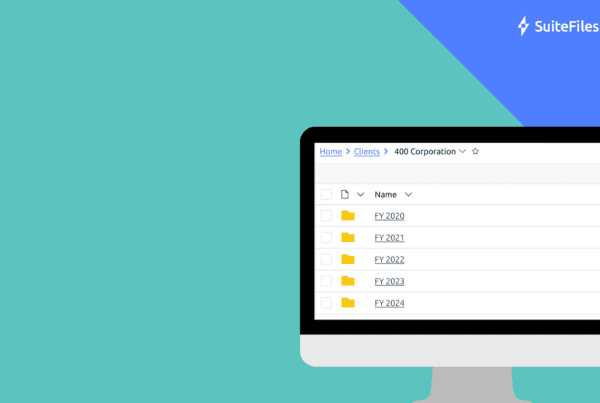Cloud computing is changing the way we do business. Software that was once the domain of large global multinationals with endless budgets to spend on technology solutions is now available to all businesses. And it’s the same for individual consumers. Email solutions like Hotmail and Gmail are available at the push of a button and next to free to use.
All the cloud computing sites tell you how easy it is to get started. And it is. You just sign up and you’re away. That’s great for most consumers but not businesses.
What about your history?
When you move to the cloud, or any new platform for that matter, you need to think about what you want to do with all of your historical data. Think of it like this, when you sign up to use Flickr to store, share and access your photos do you want to put all of your photos up there or just the new ones? To make the best use of the service you may want them all. For a business signing on to a new mail service they’ll definitely want all of their historical emails so they can easily search for relevant information in one place.
It’s the same for documents. Why only get the benefits of a cloud solution for every document you create from the time of signing up? You should make the most of the solution for all your business data.
If content is king, migration is key
Too many businesses believe that they simply signup to a cloud service and BINGO they have all their data in the cloud. Not so. In fact, don’t underestimate the process that needs to be gone through to get everything to the cloud.
And the process looks something like this (for both your email and document migration):
- Examine what you currently have and work out if any tweaks are required to get it all to the cloud. For example, in Office 365 you can’t migrate an email larger than 10MB in size nor can you migrate documents with characters such as “&” and “|” in the file name.
- Now that you know there may be issues encountered during migration you’re equipped to make some changes and plans before starting. Tidy the files names up and put everything into a structure you can work with once fully in the cloud.
- Migrate – get that data up there. But make sure if you’re using a tool that it provides an exception report so you know what’s left over at the end.
- Finally, tidy up the final bits and pieces remaining that tools couldn’t do for you. And remember, it’s not the 80/20 rule but more like 95/5 – that is 95% of the migration takes 5% of the time so those last things to mop up can take a while.
If you’re planning on moving to the cloud and would like an easy migration across, then send me an email and we can work out what’s right for you.



